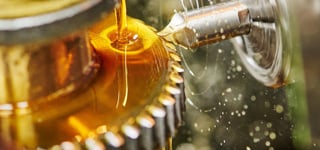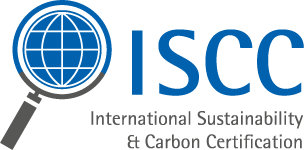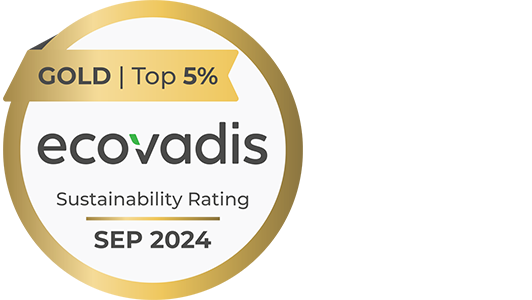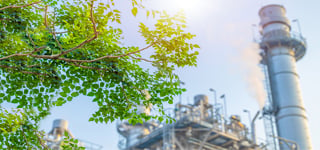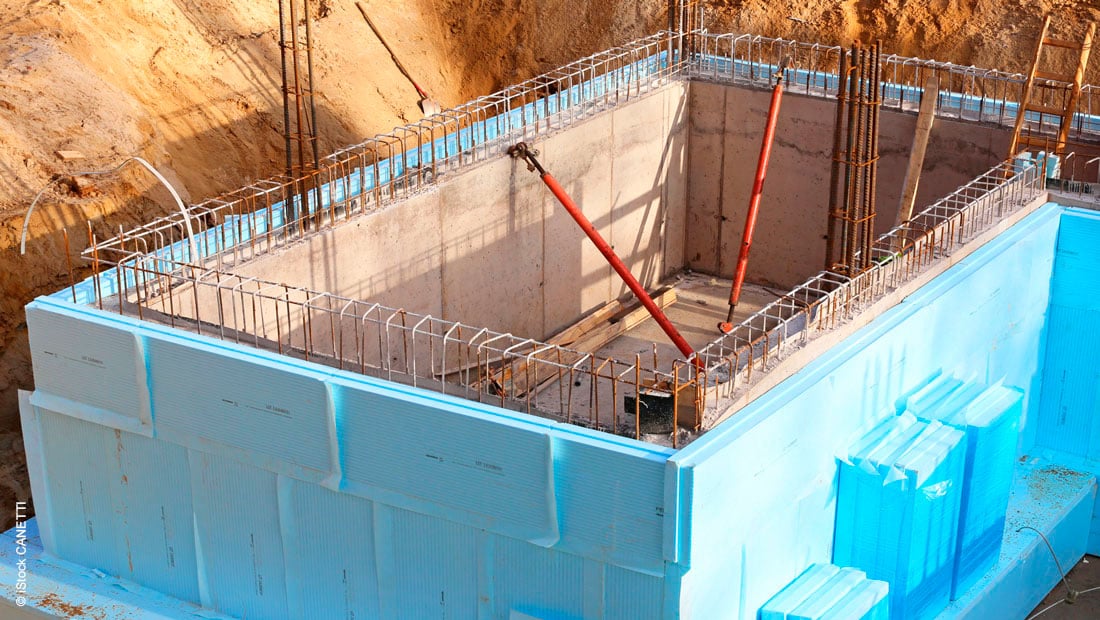
The processing of polyurethane into a foam opens up various possible applications. As an all-rounder for sealing, bonding and insulating, PU is mainly used in the construction industry. The food industry also benefits from the good thermal and cooling insulation properties. In this article, you will learn all about the production of PU and PIR foam, the areas of application and how they are to be considered from an ecological point of view.
How is polyurethane (PU) foam manufactured?
In addition to two monomers, diisocyanate and a diol (an alcohol), a polyurethane usually contains fire retardants, additives and a very small amount of water. The reaction starts immediately, the mixture first becomes viscous, then very hot and finally solid.
A polyurethane foam is not yet produced, because the monomers do not evaporate, but cross-link to form a polymer. If more water is added, some of the diisocyanate decomposes and carbon dioxide is produced. This gas inflates the PU foam. However, the image of the foam pores becomes uneven and the PU foam can tear. For this reason, carbon dioxide is not ideal for producing a uniform foam.
What is the difference between PU foam and PIR foam?
The transition from polyurethane (PU) to polyisocyanurate (PIR) is fluid. The more diisocyanate is used, the harder the foam becomes, because the diisocyanate can also react with itself. Most foams for insulation purposes consist of about two to three times as much diisocyanate as polyol. Therefore, one should actually speak of a PIR foam, but in fact the term "polyurethane" and thus "PU foam" is more common.
Why pentanes are particularly suitable for the production of PU foam?
Pentanes are ideally suited as blowing agents for the production of polyurethane foam. Depending on the application, these can be an iso-pentane, n-pentane, cyclopentane or a mixture of two or three of the isomers. The pentanes not only ensure a uniform, desired appearance of the pores, they can also contribute to the foam's insulation properties.
Insulating foam made of PU gets additional positive insulating properties when cyclopentane is used in the foaming process. Cyclopentane has the highest boiling point of all pentanes and a part of it remains in the pores of the foam. As a gas, it conducts heat less than air and therefore insulates better.
All pentanes have a low Global Warming Potential (GWP) and do not destroy the ozone layer (ODP, ozone depletion potential). This means a low impact on the environment. The only challenge is that they are flammable - however, this can be safely controlled technically nowadays.
Insight: Recycling and renewable components of polyurethane
Since polyurethanes are made for a special purpose and can consist of many different components, recycling is difficult. However, with certain catalysts, upholstery foam and mattresses, for example, can be dissolved and the polyol component recovered. Polyols are also partly made from renewable raw materials.
Old insulation from refrigerators or from façade cladding can shredded and heated up to recover the valuable cyclopentane.
Typical applications for polyurethane (PU) foam
1. Rigid PU foam finds one of its technically most important application in the insulation industry
In contrast to styrene foam, PU foam has better insulating properties, especially when cyclopentane is used as a blowing agent. Therefore, polyurethane products are thinner but show the same performance. This means that even complex façades or the insulation of historic buildings can be realised.
Due to the raw materials, polyurethanes are more expensive than polystyrene. However, the total effort invested, the insulation performance and the demand on the building and design have a great impact on the descision-making process. In many cases it is worthwhile to go for the higher-quality product.
2. Application of PU foam in refrigerators and freezers
In most cases, the appliances have predefined external dimensions. Despite the best insulation and very good energy efficiency, refrigerators and freezers should have the largest possible usable volume. This can only be achieved satisfactorily with polyurethane foam. For this purpose, the refrigerator is assembled and the appliance, which is not yet stable, is foamed with PU between the outer wall and the inner part. The hard foam with cyclopentane insulates and also contributes to stability. As a result, less steel or aluminium has to be used for the construction.
3. Refrigerated rooms, cold warehouses or lorries for transporting perishable or frozen goods need particularly good insulation performance
In this context, so-called PU panels or boards are an important building material. The polyurethane foam is sandwiched between two aluminium or steel sheets during production, which gives the foam protection and shape. Such panels can sometimes be used instead of concrete or bricks, so that cold warehouses can be built very quickly with a supporting steel structure as a frame. Ready-made panels with lamination are also popular for insulating rooms and refrigerated trucks. However, individual solutions are also possible.
Cyclopentane as a foaming agent is always used in preference to other pentanes, as it contributes significantly to the insulating effect.
Find out more here:
Conclusion
As with the starting material polyurethane, the possible applications of the resulting PU and PIR foams are versatile and are often economically viable. By varying chemical compositions, such as the use of different pentane types or blends, the foams can be adapted according to requirements. By combining properties such as insulating effect and stability, other resources can be saved, depending on the intended use.
Stay informed!
Simply subscribe to our blog for industry, life science, energy and mobility. There we will also inform you at regular intervals about the applications of pentanes.




